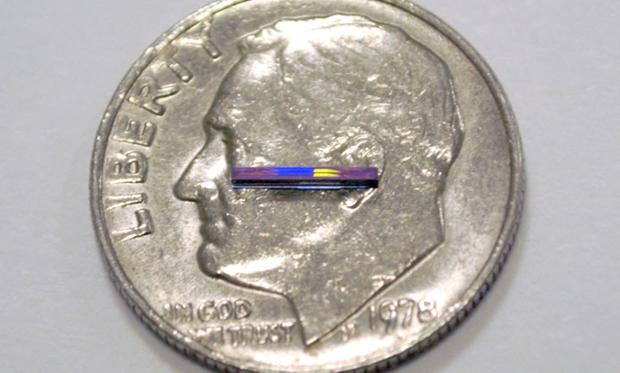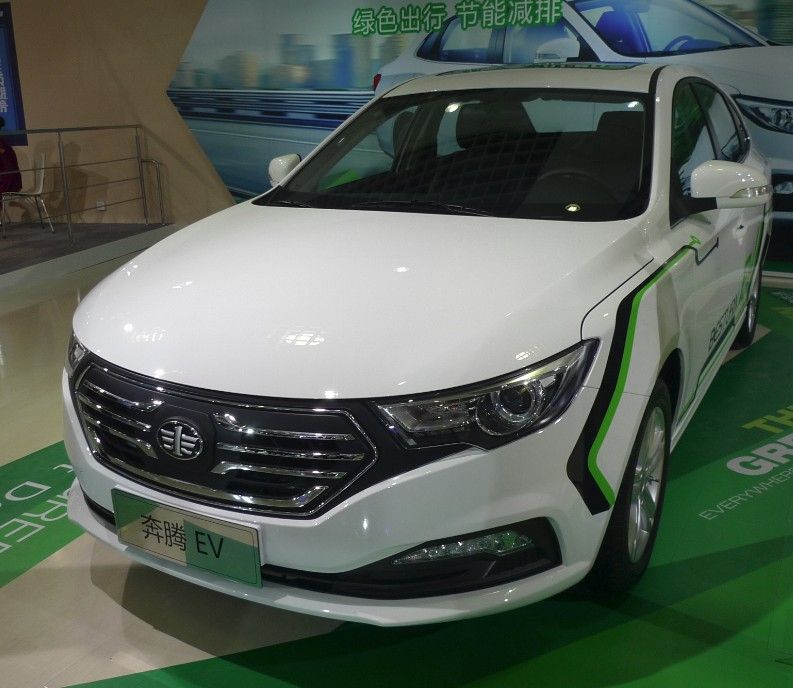It’s the feel good Autopilot story Tesla has been waiting for.




The newest Airbus and Boeing passenger jets flying today are made primarily from advanced composite materials such as carbon fiber reinforced plastic — extremely light, durable materials that reduce the overall weight of the plane by as much as 20 percent compared to aluminum-bodied planes. Such lightweight airframes translate directly to fuel savings, which is a major point in advanced composites’ favor.
But composite materials are also surprisingly vulnerable: While aluminum can withstand relatively large impacts before cracking, the many layers in composites can break apart due to relatively small impacts — a drawback that is considered the material’s Achilles’ heel.
Now MIT aerospace engineers have found a way to bond composite layers in such a way that the resulting material is substantially stronger and more resistant to damage than other advanced composites. Their results are published this week in the journal Composites Science and Technology.

“Gogoro is bringing 200 of its stylish all-electric scooters to Berlin. Starting today, anyone over 21 with a valid driver’s (or motorcycle) license will be able to rent one of the scooters as part of a new scooter-sharing program”
Tesla buys SolarCity.
(Reuters) — SolarCity Corp agreed to be acquired by sister company Tesla Motors Inc in a deal worth $200 million less than the initial offer, sending shares of both companies down in early trading on Monday.
Electric vehicle maker Tesla expects to achieve “significant” cost savings and “dramatic improvements” in manufacturing efficiency as a result of the acquisition of solar panel installer SolarCity, Tesla Chief Executive Officer Elon Musk said on Monday.
Musk said the combined companies will have a “stronger balance sheet,” but likely will require a “small equity capital raise” next year. Both companies have been burning through cash and have projected achieving positive cash flow later this year.

The spectacular growth of the New Energy Vehicle (NEV) market in China continues; state media reports that sales were up a massive 162% to 170,000 units in the first half of the year. NEVs include pure-electric vehicles (EV) and plug-in hybrid electric vehicles (PHEV).
The 170,000 NEVs were divided by 134,000 EVs and 36,000 PHEVs.
The new numbers confirm China’s position as the largest market worldwide for NEVs. The United States follows at a respectable distance in second place with sales of 64,000 EVs and PHEVs.

This is the type of hijacking that the US DHS has been worried about. And, now we’re looking at self-driving Big Rigs and commercial jets.; as I stated last year I would hesitate in allowing autonomous planes and Big Rigs until we have a breech proof connected infrastructure in place.
As researchers demonstrate digital attacks on a 33,000 pound truck, car hacking is moving beyond consumer vehicles.
We saw the animated video; now check out the real thing.
What was once a crazy bus/train-hybrid idea has turned into reality, as China’s elevated bus has just undergone its first test run in Qinhuangdao. The Transit Elevated Bus (TEB) was first touted in 2010 as a solution to the traffic woes in the country, and was revealed in miniature form during the 19th China Beijing International High-Tech Expo in May this year.
This time however, the real-life test unit (TEB-1) you see here measures 22 meters in length, 7.8 meters in width and stands at 4.8 meters tall. For testing purposes, the bus is limited to a 300-meter long track, and isn’t subjected to demanding traffic challenges or excessive turns.
The tests will provide engineers and officials some insight into the feasibility of the TEB, and to quash or confirm the safety concerns of the public. For instance, would there be a collision if cars attempted to change lanes, and what happens when a trailer truck comes barrelling through.

Imagine you wake up one morning burning to make the great physicist Max Planck’s face out of copper. (Just go with it.) Sure, you could sculpt it, but there’s a better way. Cut a flat copper sheet into a half-oval, and take a triangle out of the center of its straight edge. Divide it into smaller triangles, bend the sheet so that the two sides of the big triangle touch—and violà! A sheet of flat copper triangles has morphed to match every nook and cranny of Planck’s face. No sculpting required.
If that sounds like magic … well, that’s understandable, because we left a few steps out. Computer scientist Keenan Crane from Carnegie Mellon University actually did this with real copper, and you can see a computer model of the final product at the top of this article. Making Planck’s face wasn’t the point, of course: When Crane cut the sheet into carefully-designed triangles, he brought it into a class of materials known as auxetics, whose curious and complex properties have excited researchers for decades. Someday, auxetics could improve highway shock absorbers, form more comfortable and versatile shoes, and line veins that thicken when expanding.
At least, that’s what the grant applications say. “People give a lot of lip service to how it’s gonna change the world, in terms of curing cancer,” says Crane. “But at this stage people are still trying to figure out just basic questions.” Auxetics all started with a 1987 Science paper by engineer and professor Roderic Lakes. He reported a new kind of polymer foam that contradicted common sense. It expanded in one direction when stretched in another, and contracted in one direction when squeezed in another.